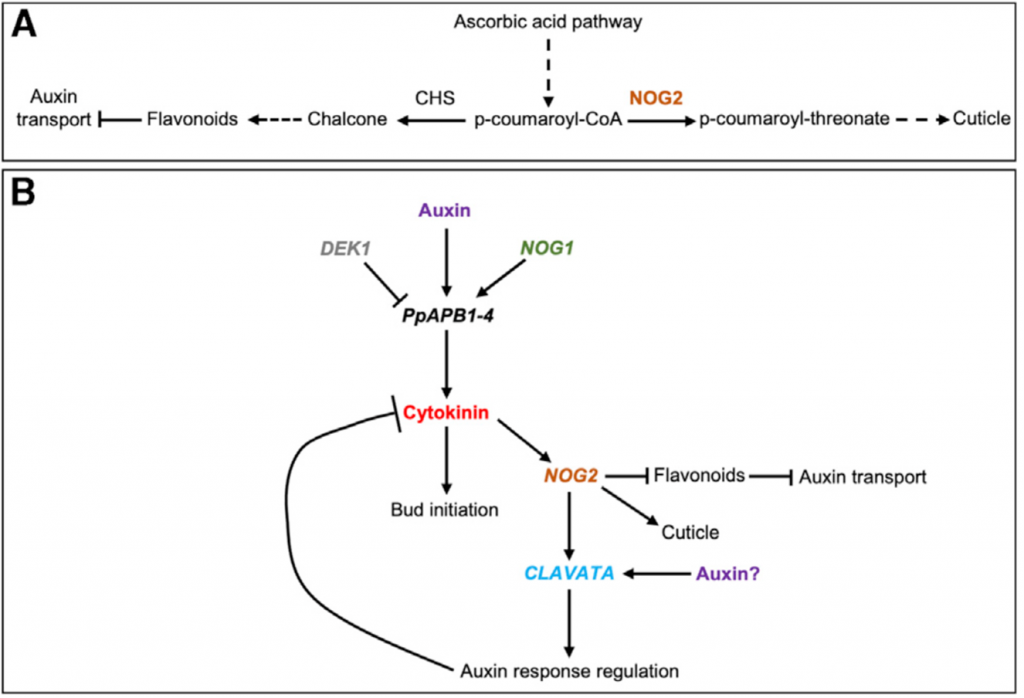
NO GAMETOPHORES 2 is a novel regulator of the 2D to 3D growth transition in the moss Physcomitrella patens (Curr. Biol.)
Plant Science Research Weekly
Three-dimensional (3D) growth was an essential evolutionary innovation that allowed the radiation and diversification of land plants. In most land plants the transition from two-dimensional (2D) to 3D growth takes place during embryo development and its disruption results in lethality, however, the…
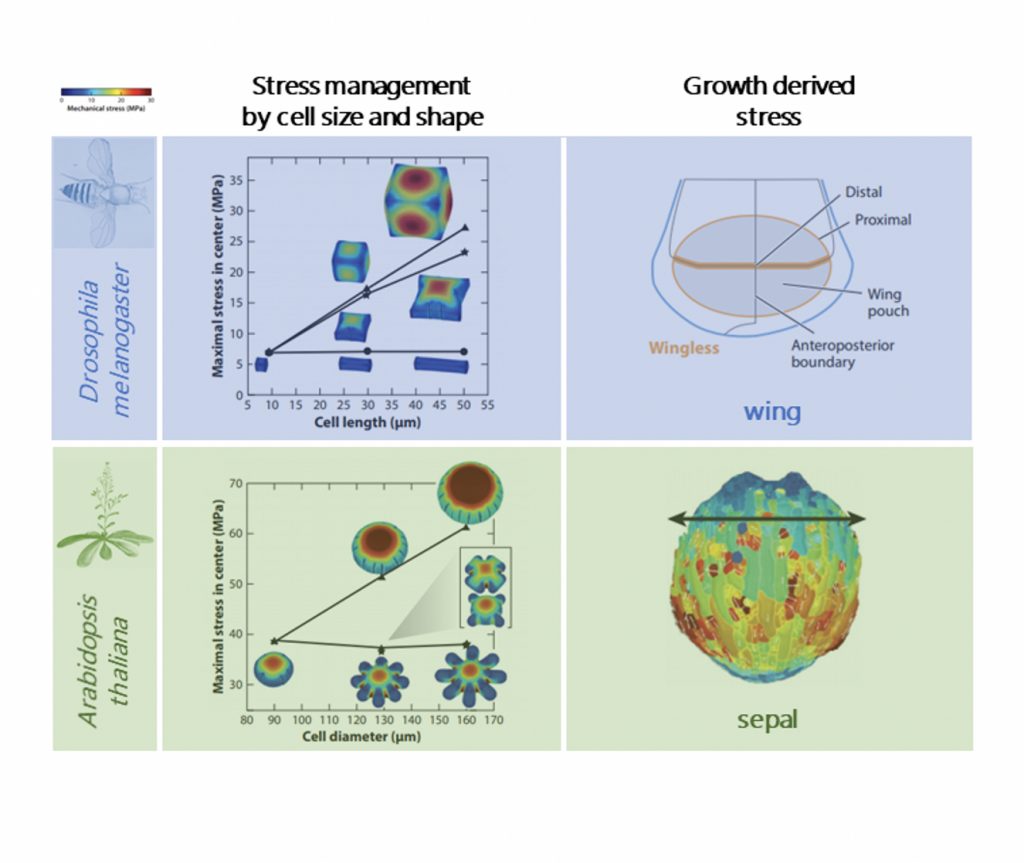
REVIEW: Shared Structural Principles Across Kingdoms ($) (Annu. Rev. Cell Dev. Biol)
Plant Science Research Weekly
Understanding how a single fertilized cell develops into a complex multicellular system has always been a challenging but fascinating topic of developmental biology. In both animal and plant species, it all starts with a simple spherical cell; afterward, two axes of polarity generate flat shapes,…
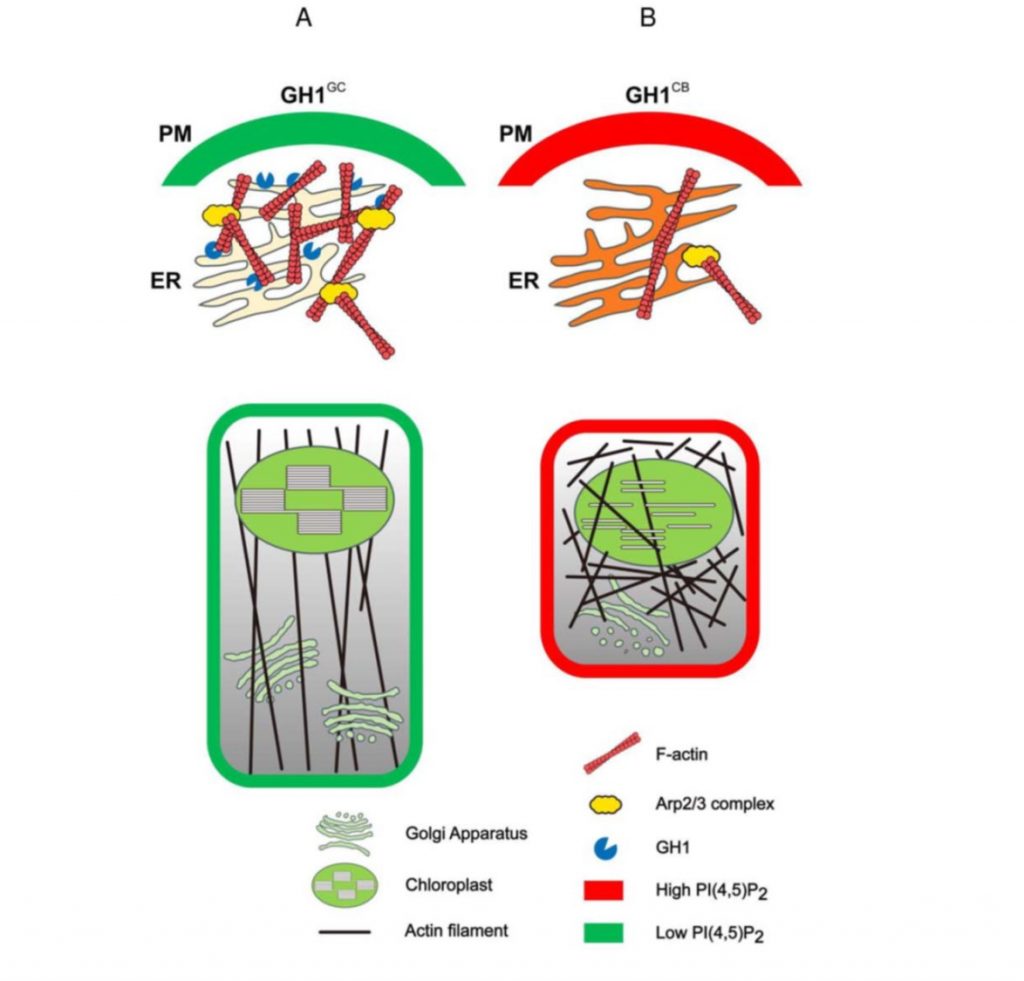
A SAC phosphoinositide phosphatase controls rice development via hydrolyzing PI4P and PI(4,5)P2 (Plant Physiol)
Plant Science Research WeeklyAs their name suggests, phosphoinositide (PI) phosphatases remove phosphates from phosphoinositides (try saying that fast!). Because the phosphorylation status of a membrane-bound PI determines which proteins it interacts with, PI phosphatases and kinases contribute to membrane functions and dynamics.…
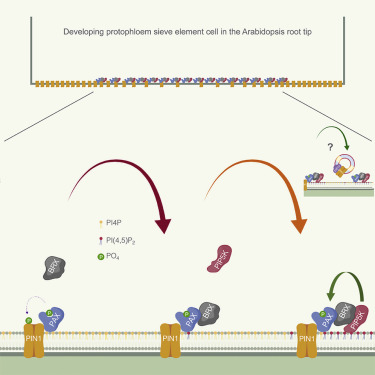
Plasma membrane domain patterning and self-reinforcing polarity in Arabidopsis (Devel. Cell)
Plant Science Research WeeklyPhosphoinositides (PIs) are specialized membrane lipids that contribute to membrane nanodomains, which affect protein localizations and vesicle trafficking. Previous studies have implicated PIs in the polar localization of auxin-transporter PIN proteins, and, in roots, the PIN-regulators PAX and BRX.…

Design principles of a minimal auxin response system ($) (BioRxiv)
Plant Science Research WeeklyAuxin signaling components are evolutionarily conserved across the land plants and the duplication events in these regulators enabled complexity in development. Auxin regulated developmental programming occurs through the ARF (AUXIN RESPONSE FACTORS) transcriptional factors. Marchantia polymorpha serves…
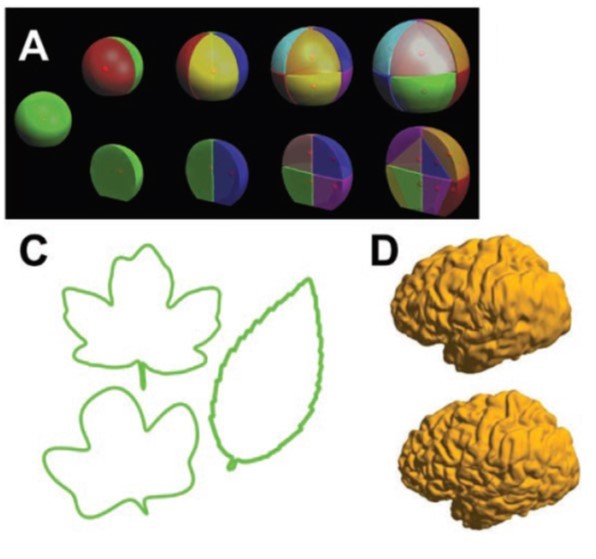
Review: Formal description of plant morphogenesis (J Exp Bot) ($)
Plant Science Research WeeklyIn recent years, a number of tools have been developed to describe and model plant morphogenesis, and these approaches have greatly informed our understanding of the molecular processes that underpin the control of growth. This excellent review by Pałubicki et al. is “an attempt to bring together…

